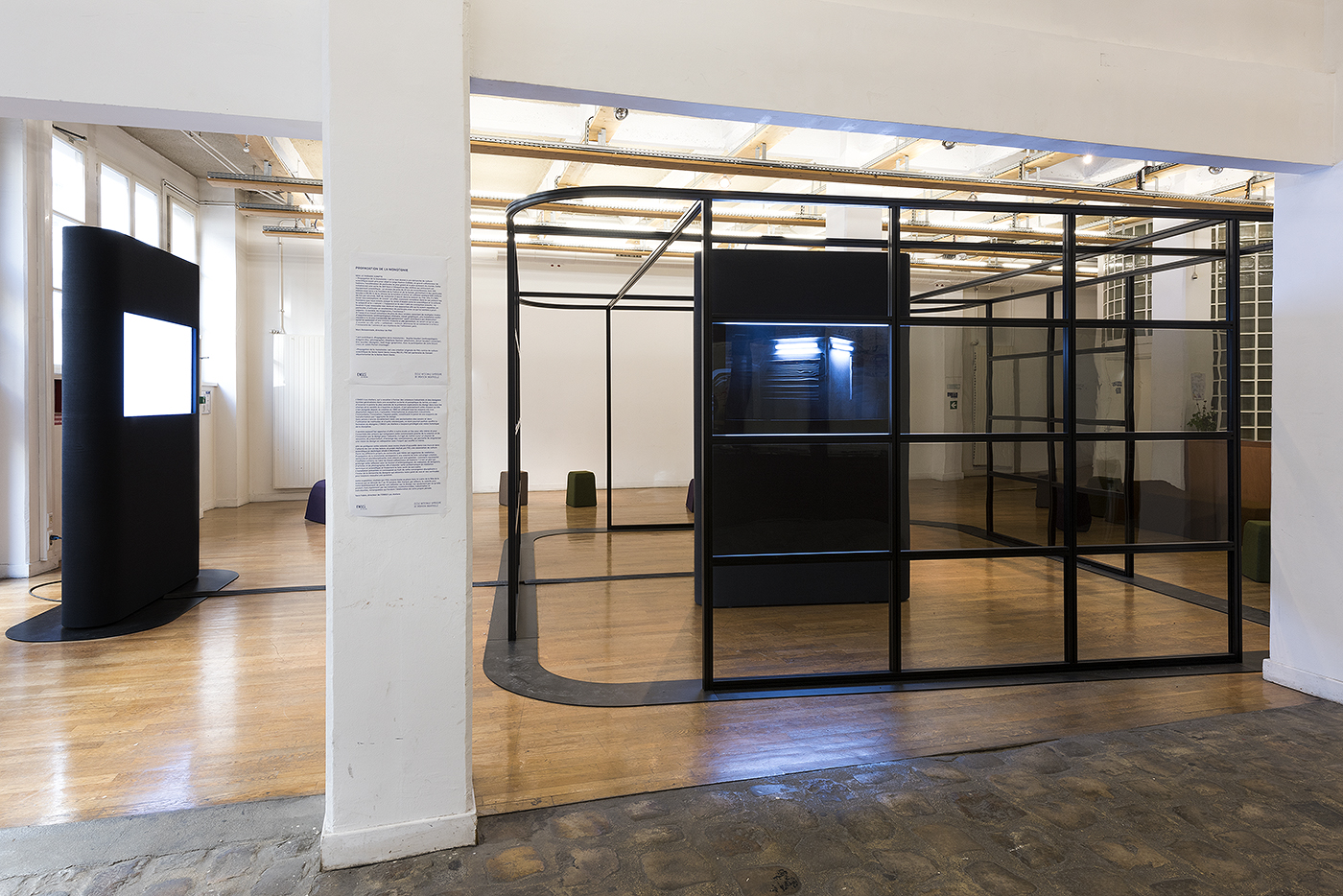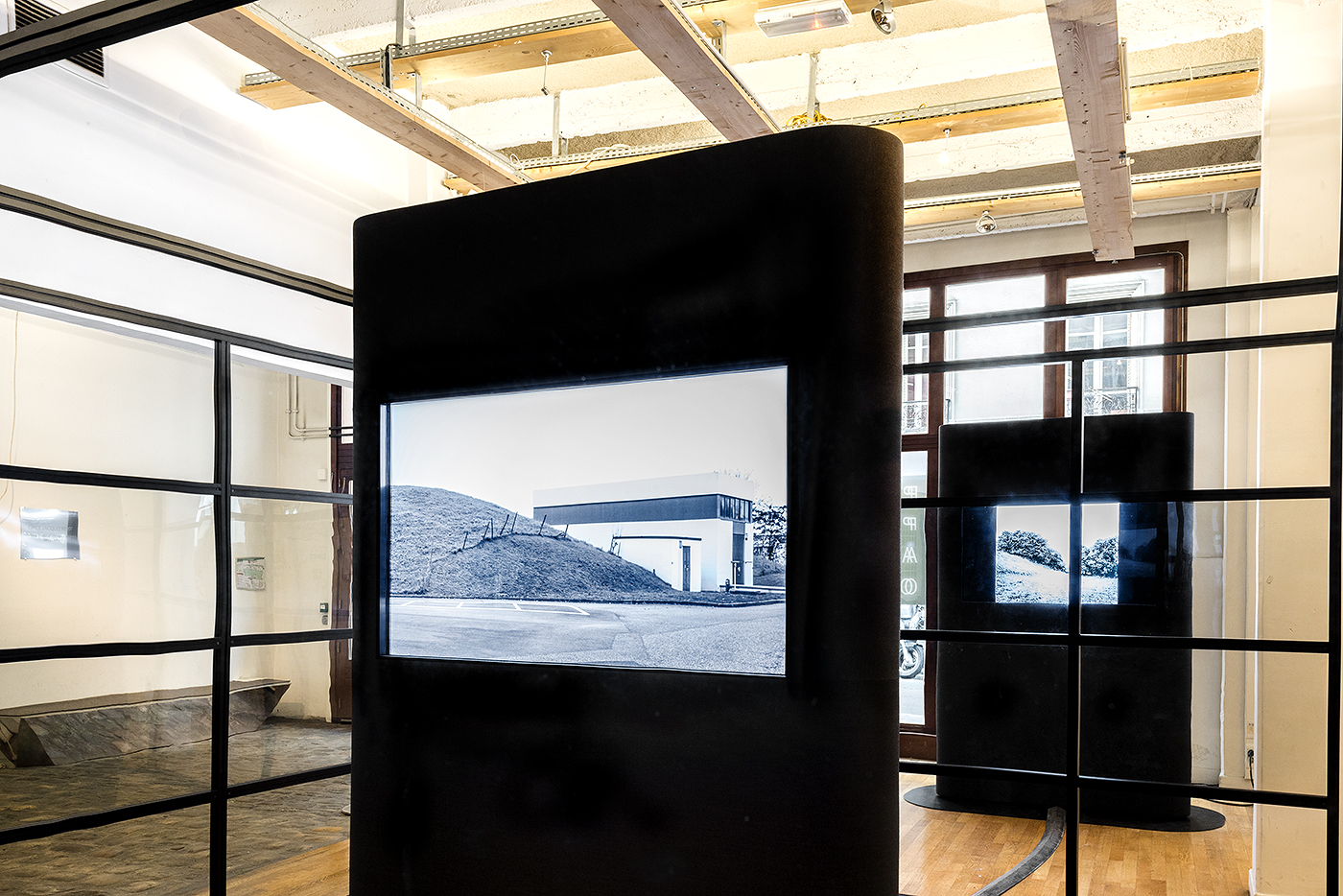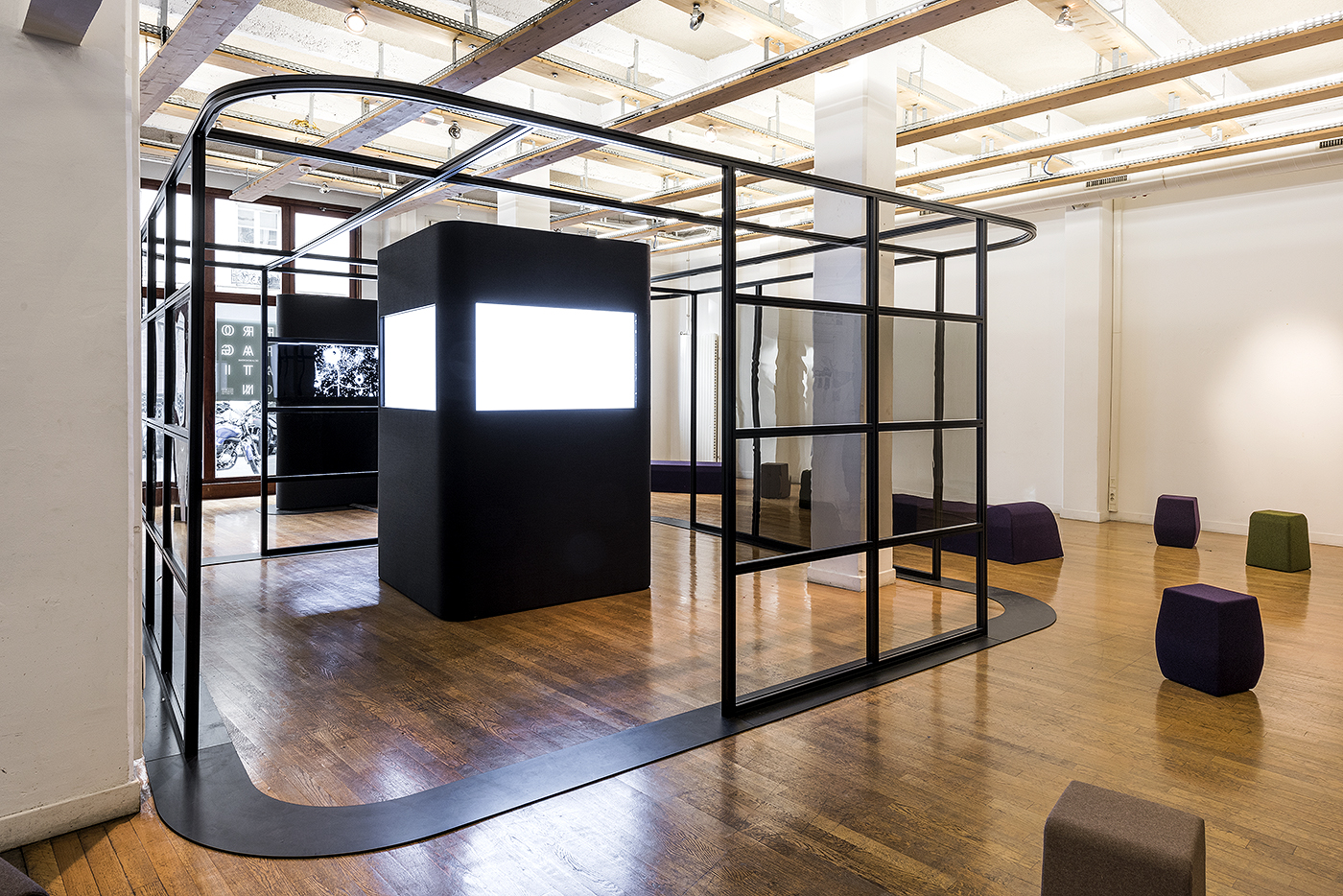- 2024
- 2023
- Ligne d'air
- 2022
- 2021
- The Forest System
- 2020
- A place to read
- Counterfactual
- Deep Sleep
- Fixing Sounds
- Ghost Populations
- Grey Matter
- Humanities
- Impôts.gouv
- My Precious One
- OK computer
- One for all
- Perfect Match
- Personal Borders
- Trial by fire
- Unconscious
- 2019
- Anonymous
- Daily science
- Houston 69
- Image and text
- La santé autrement
- Parts and labour
- Playing with fire
- Plu-present
- The art factory
- The legend factory
- The nuclear effect
- Unique every time
- Vertical
- What exactly is happiness?
- striking a chord
- 2018
- Animal images
- Connections
- Current affairs
- Extra space
- Les courts circuits
- Metamorphoses
- Off ground
- Playing with fire
- The Earth quakes
- The life of rays
- The ocean phenomenon
- The scope of cinema
- The struggle continues
- Top model
- Traces
- What is peace?
- 2017
- All about the climate
- Artistic territory
- Cars
- In all probability
- Inner journey
- Letter to a friend
- Planetarium
- Plants and us
- Polyptics
- Poster child
- Propagation of monotony
- Rocks unlimited
- Tour operator
- We, the presidents
- Youth culture
- 2016
- 3D universe
- Art curator
- Bioethics
- Colours
- Community radio
- Different books - digital design
- Different books - paper design
- Hands on
- Images - Mémoires
- In all probability
- Landscapes
- Meteors
- Microscopic
- Mirages
- Pantone Food
- The great outdoors
- The idiots' guide to teenagers
- The night
- There were several of them
- Under the surface
- 2015
- Books otherwise
- By prescription
- Denim
- Feet on the ground
- Intermediate schools in France
- Meteorologists
- Occupation: inventor
- Outdoors
- Sweet treats
- The art of love
- The climate in fiction
- To be completed
- Universal light
- Urban life
- What is today?
- Words and music
- 2014
- Are you modern?
- Aroma research
- Calculating sound
- Digital dreams
- Female landscape
- Hung up
- Infinite at top speed
- Les Grandes Tables
- Life in the laboratory
- Listening to the sacred
- Short trips into the working world
- The age of the earth
- Use and reuse
- Water
- Words and music
- Words and things
- 2013
- Aroma research
- As if by chance
- Behind the screen
- By what right?
- In praise of mixity
- Infinity at top speed
- Listening to the sacred
- Looking at animals
- Mass markets
- Memory
- On promotion
- Once upon a time: Art
- Segami
- Sensitive boundary
- Short trips into the working world
- The French factory
- Truth in sport
- 2012
- A simple movement
- Animalia
- Archigram
- Babel
- By what right ?
- Call it anything
- Dinner's served!
- Experience of the world
- Found objects
- Money
- Once upon a time: Art
- Perceptible split
- Phenomena
- Serious games
- Television
- Warmly dressed
- 2011
- Animalia
- Balance of power
- Breathless
- Chemistry year
- Cities and architectures
- Eurêka
- Experience of the world
- Food
- Found objects
- Homepage
- Once upon a time
- Public life
- Television
- Under constraint
- Video games
- Vostok
- What to wear
- 2010
- Chimie en cuisine
- Eurêka
- Evolution
- Jeux vidéo
- La bioéthique
- La richesse - philosophie
- La richesse - sociologie
- Les adolescents - photographie
- Les adolescents - sociologie
- Objets trouvés
- Quel grand Paris?
- Rapprochement des cultures
- Sous contraintes
- Télévision
- Village global
Propagation of monotony
2011 - 2012
With original creations by:
GRÉGOIRE ELOY/ PHOTOGRAPHEr (PHOTOGRAPHS), SOPHIE HOUDART/ ANTHROPOLOGist (TEXTS), STÉPHANE SAUTOUR / ARTIST (drawings)
Installation realised with:
GAËL HUGO / GRAPHIC DESIGNER (SPecial effects), SIMON GOUBERT/ MUSICIaN (sound track), ERIC JOURDAN/ DESIGNER (design), JULIEN PORNET / film editing (VIDEO), JULIE SICARD/ ACTRess (VOIce), PHILIPPE TROYON/ filmmaker (VIDeO).
Stretched over the Void
An immense scientific installation, the Large Hadron Collider, familiarly known as LHC, lets it be thought that it will pierce the ultimate secrets of the cosmos. A centre of scientific culture says that it restores the diversity in the relations between scientists and the general public. An experiment struggles to be part of the story. Is this an exhibition? If it is, Propagation of Monotony hardly fits the usual model. A model in which the sciences organise knowledge that the communicators broadcast through supports that are then adopted or rejected by the public.
To this linear principle, Propagation of Monotony answers by sustained interaction, in particular within a group of people with a wide range of skills, or shuttling back and forth between research, production and development instead of presenting a set of sequences. Apart from the pleasure of inventing these principles to take a more stimulating approach, we were forced to try new methods because we suddenly realised that the LHC could not be represented. Unless the exhibition managed to make a multi-dimensional order, the LHC, coincide with a one-dimensional order, a story.
Propagation of Monotony puts the LHC through a number of opérations which sometimes transform, enrich or upset it. For these situations, as for others, the exhibition uses very flexible equipment. The flexibility comes from the fact that the CERN’s mission is not only to operate the LHC but to tell the public how it operates. Despite all its efforts, the CERN can only emphasise certain aspects of the LHC and must leave to others the task of building alternative stories. So Propagation of Monotony is part of the necessarily incomplete series of foreseeable LHCs; it is even this incompleteness, and its strange faces, that have made the exhibition possible.
Some of the elements taken from the “LHCs strictly foreseen” by the CERN can nonetheless be seen in the exhibition. They had to be cleverly adapted and yet allowed to fulfil their primary function as witnesses of a certain LHC. In many cases, Propagation of Monotony preserves the sense of the element but interprets it differently, for example, by installing it in an unexpected way. Sometimes the element is the starting point for a new story. In both cases, the exhibition builds up material on its own scale by simply changing the meaning of an element it is interested in, or in some way extending it: the élément taken from the LHC is associated with other things without losing its shape and use.
Although deviating, extending or adapting are operating methods used within the exhibition to broaden the spectrum of the statements customarily used to present the LHC, these initiatives are also there to make the Large Hadron Collider a sort of infinite machine, about which there is infinitely much to be said. It has nothing to do with its supposed riches, but simply what it is: a highly destructured scientific instrument, a landscape with holes, a sort of galaxy made of particles which move and keep changing places with one another. That means that the exhibition tries to capture a set of data which go through different volumes, different levels of perception and interpretation. Although it cannot be represented, the LHC is still an inexhaustible source of material, not new, but constantly moving, and that leaves nothing else to do but rewrite it.
Technics:
- Straight Totem, Plywood structure, Flannel and Kvadrat Bass 3 fabrics clothing, 160 x 32 x 250 cm, 2 audio amplifiers, 1 55’ LCD screen, 1 video player
- Right-angle Totem, Plywood structure, Flannel and Kvadrat Bass 3 fabrics clothing, 160 x 160 x 250 cm, 2 audio amplifiers, 2 55’ LCD screens, 2 video players, 1 MP3 stereo player
- Metal and glass structure, Aluminium profiles, Glazing anti-abrasion PMMA, Set total size : 500 x 500 x 250 cm
- Seats, 10 chairs / L320mm x D320mm x H 450mm (each), 3 divans
Publication with Sophie Houdart's texts and technical data, download here.
Opposite photographs: ANTOINE DUMONT, SÉBASTIEN AGNETTI
Video : GUILHEM MOREAU
Visual of project : ONE MORE STUDIO
















